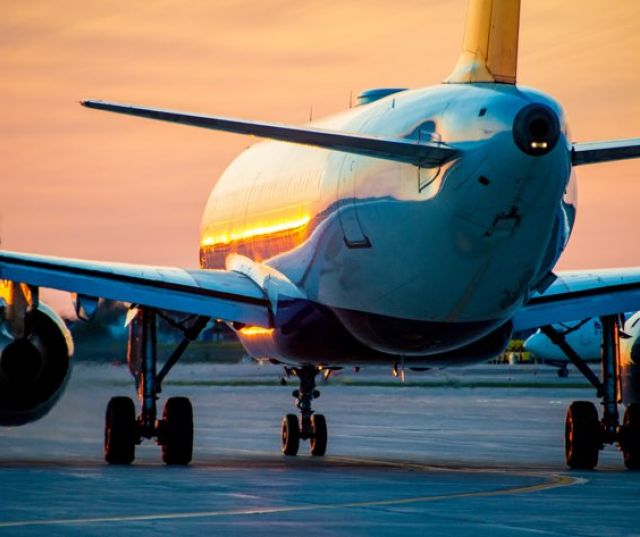FAQ

The Metropolitan Airports Commission's (MAC) mission is to connect the people in the Twin Cities and surrounding region to their world. We play a vital role in helping our communities thrive.
Our Purpose:
To provide exceptional airport experiences so Minnesota thrives.
Below you'll find some frequently asked questions about the MAC.
Frequently Asked Questions
What is the Metropolitan Airports Commission (MAC)
The Metropolitan Airports Commission (MAC) is a public corporation established in 1943 by the Minnesota State Legislature to provide for coordinated aviation services throughout the Twin Cities metropolitan area. It operates one of the largest airport systems in the country.
How many airports does the Metropolitan Airports Commission (MAC) operate?
Including Minneapolis-St. Paul International Airport (MSP), the MAC operates seven airports. Six of the airports are “reliever airports” – sometimes referred to as general aviation airports – because they relieve congestion at MSP. All of these airports are within 35 miles of the downtowns of Minneapolis and St. Paul.
Where are the seven Metropolitan Airports Commission (MAC) airports located?
The six "reliever," or general aviation, airports are located in suburbs around Minneapolis and St. Paul: Airlake (Lakeville), Anoka County-Blaine, Crystal, Flying Cloud (Eden Prairie), Lake Elmo, and St. Paul Downtown. The seventh airport, MSP, MSP is not part of any city but is nestled among several. MSP is surrounded by Minneapolis, St. Paul and the suburban cities of Bloomington, Eagan, Mendota Heights and Richfield.
Who runs these Metropolitan Airports Commission (MAC) airports?
With a team of about 650 employees – working together with many partners such as the FAA, TSA, airlines, restaurants, shops and contractors – the MAC keeps its system of seven airports running smoothly. The MAC functions much like a small city with its own police and fire departments. MSP is routinely ranked among the best in the country.
How is the Metropolitan Airports Commission (MAC) governed?
A 15-member Board of Commissioners oversees the MAC and sets MAC policies. All but two of the commissioners are appointed by the governor. The remaining two commissioners are selected by the mayors of Minneapolis and St. Paul. The full MAC board meets every month and sometimes more often.
How is the Metropolitan Airports Commission (MAC) funded?
The MAC is a self-funded public corporation, using rents and fees paid by airport users, not general tax dollars, to fund operations. Capital improvements are funded through passenger facilities charges, aviation grants, bonding and revenues generated through airport operations.